Honda P-NUT – click above for high-res image gallery
 Remember the Honda P-NUT? The unusual vehicle (pictured above, full details here) was unveiled at the 2009 LA Auto Show and ... well, now it's gone. Who knows if we'll ever see it again. Each automaker has their own
Remember the Honda P-NUT? The unusual vehicle (pictured above, full details here) was unveiled at the 2009 LA Auto Show and ... well, now it's gone. Who knows if we'll ever see it again. Each automaker has their own Turns out, there is a reason for these exercises in automotive silliness. We explore the role of concept cars in full after the jump.
There are a lot of factors that push automakers to build concept vehicles. Tradition is a big one, as is allowing engineers and stylists to think in creative ways. Of course, more than a few show concepts and production cars have been born in the process of letting engineers blow off some creative steam (see: SHO). But there are three main reasons we see continued craziness at auto shows:
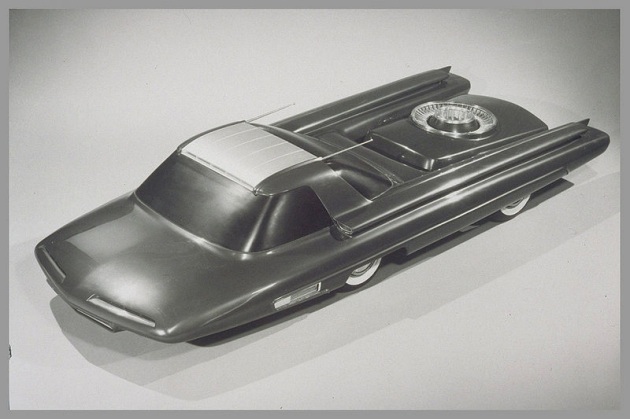
1958 Ford Nucleon
To Explore Technological Concepts
First and foremost, concept cars are, well, concepts. That means they can explore ideas, technologies and styles – new concepts – that either aren't technically feasible for the marketplace yet or are a little too out there to be widely accepted. Designers don't have to meet crash test qualifications or miles per gallon standards with a concept vehicle, they can just go wild. Don't like wide B-pillars? Go with rear suicide doors and use a thin one. Don't like the way bumpers mess with a vehicle's lines? Wipe them away. These cars won't ever get into wrecks, after all.
What's under the hood or available in the cabin can be just as wild as the exterior shell. One of the most famous concept cars is the Ford Nucleon, which was to use a radioactive core powertrain and could go a theoretical 5,000 miles before needing a recharge. The concept was never explored for production at any great length, but when we're talking about reasons to make a concept car, the Nucleon stands as a great example of what's possible.
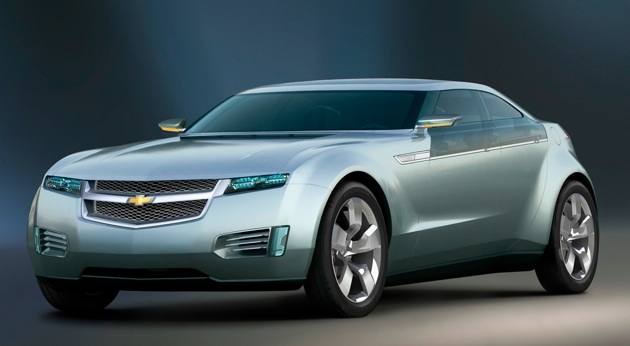
Chevy Volt Concept – click above for high-res image gallery
To Give Product Previews
Let's take the case of the Chevrolet Volt. At the 2007 Detroit Auto Show, this was the car of the show, green or otherwise. Heck, it's one of only two recent concept vehicles on Wikipedia's list of "Notable Concept Cars" (the other is the Holden Efijy). The Volt concept was muscular, aggressive and had this amazing thing called a plug-in hybrid drivetrain. The PHEV powerplant wasn't unique to the Volt, but it wasn't available in any production vehicle at the time (still isn't). Since General Motors announced soon after showing off the car that it would go into production, the preview that people saw at the show (above) needed to somehow morph into a vehicle that could actually go into production (below). Many, many changes were made, but there are vital clues in the production version that were carried over from the concept model. The thin side mirrors got a bit taller, but they still have a skinny yellow light on them. The blades on the wheels remained, mostly, intact. And the powertrain, of course, is still there. Not everyone liked the way the production model turned out – it was the concept that got people excited, after all – but production versions are almost always toned down from their concept forefathers.
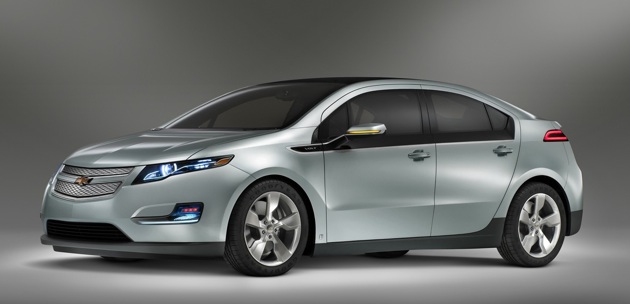
2011 Chevy Volt – click above for high-res image gallery
To Get Attention (and See What The Response Is)
What happened with the Volt is a good example of perhaps the most important reason auto companies build concepts: to grab our eye and to find out what we think of the cars. Whether used as an icebreaker for new technologies or as marketing halos, concept cars give the thousands of journalists descending on auto shows something to talk about and report. Then the general public arrives and shares their own thoughts. By the end of the show, the auto companies can tell if they've got a hit or a dud (Peugeot BB1, anyone?) on their hands and can make product decision based on the responses.
The production vehicles that evolve out of concept cars sometimes don't change much at all and are sometimes entirely different animals. Toyota's first hybrid, for example, was a concept called the Toyota Sports 800 GT Hybrid that was shown off at the 1977 Tokyo Motor Show. That car didn't go into production, but less than 20 years later, in 1995 Toyota unveiled the Prius concept at the Tokyo Motor Show. We all know how that turned out.
We know we'll get a slew of new concept cars to pour our cameras over at the Detroit Auto Show that's right around the corner. Until then, here are a few concept vehicle galleries from recent auto show circuits to entertain you.

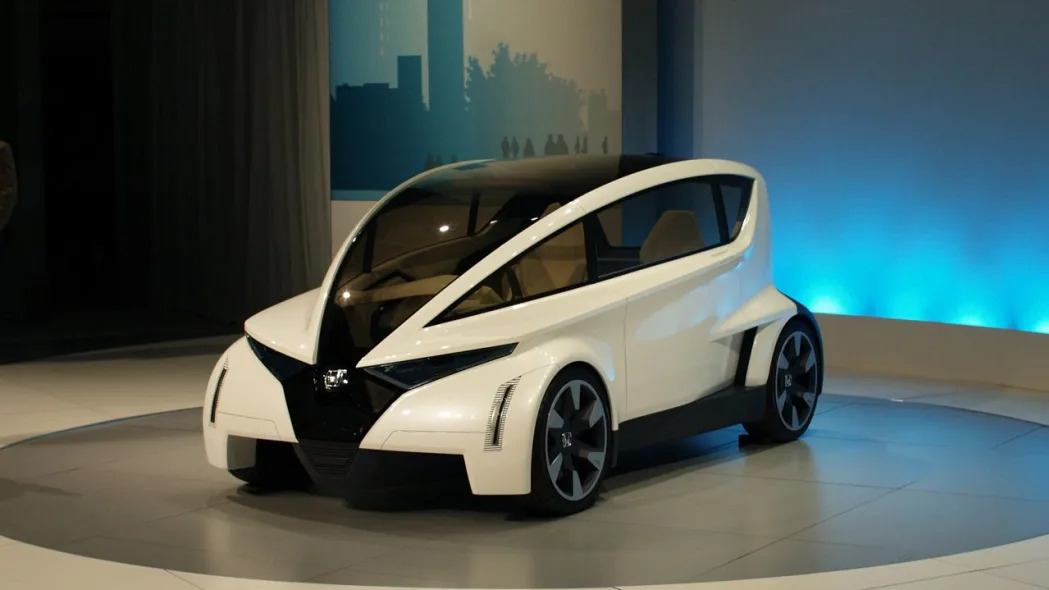


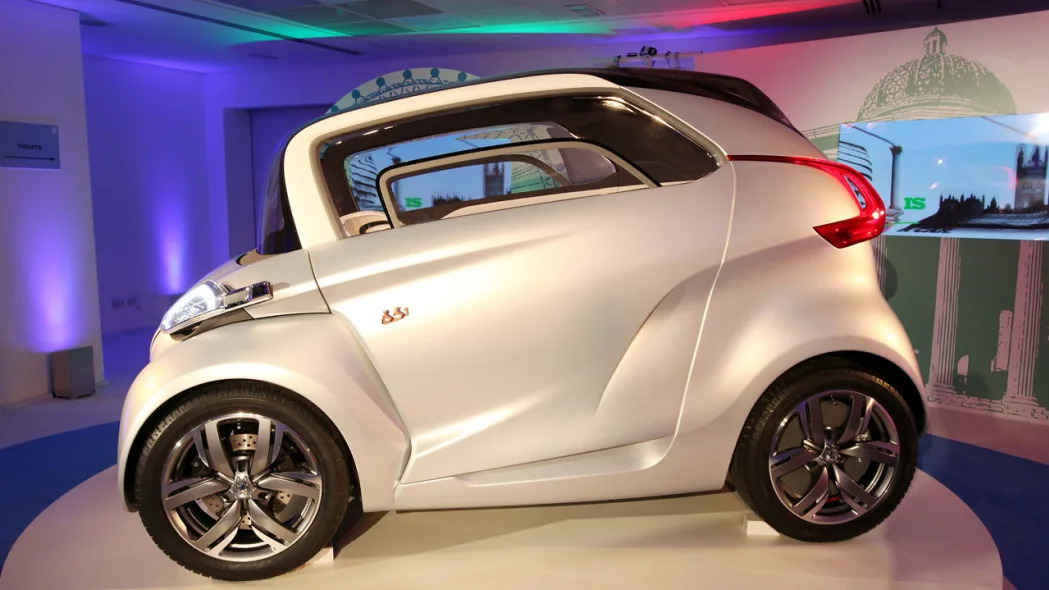
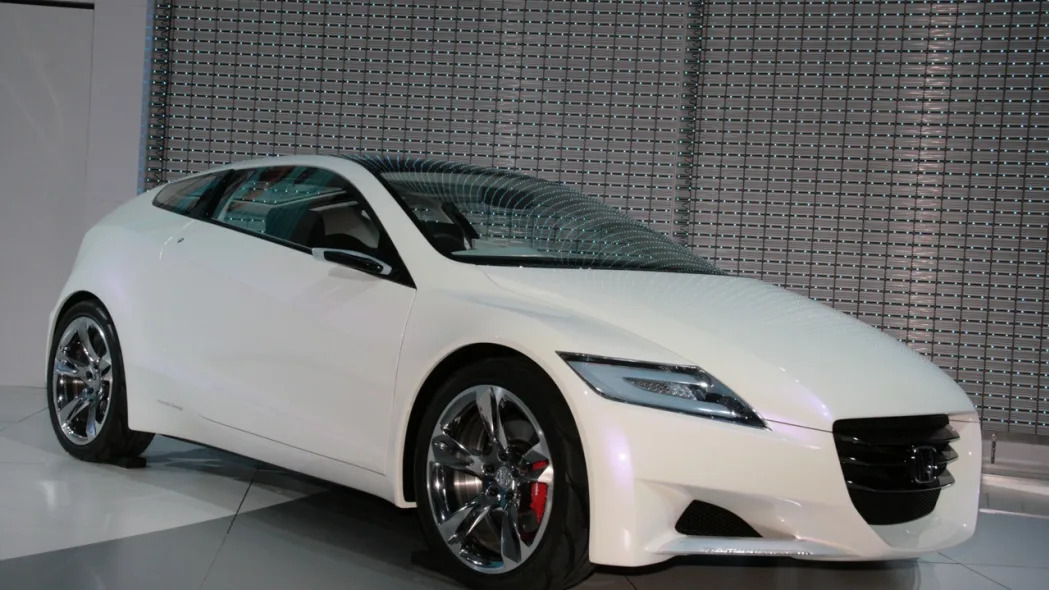
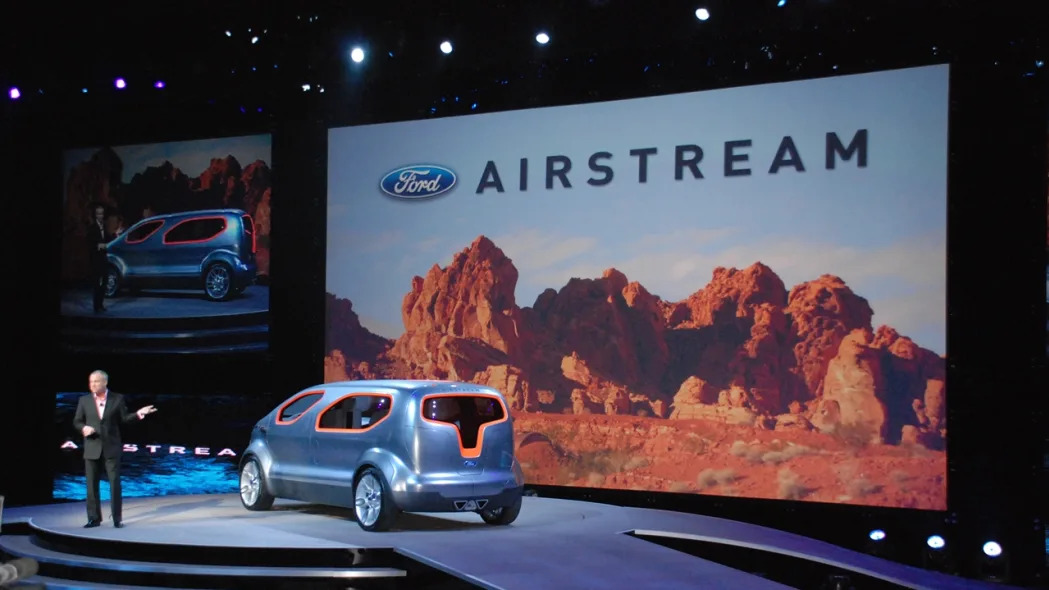

Sign in to post
Please sign in to leave a comment.
Continue